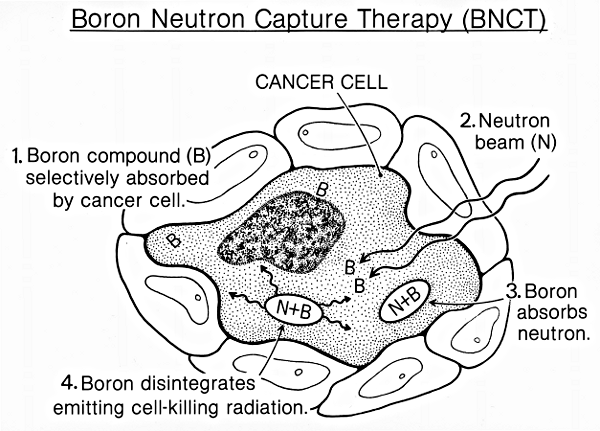
Last week the awe-inspiring class of Seminar for Freshman visited the MIT Nuclear Reactor. Needless to say, that both the reactor and the class were equally impressive. But let’s get to the reactor first.
What is it?

The MIT Nuclear Reactor is a facility where nuclear fission is achieved along with other experimental facilities. The main operation of the reactor though is the production of neutrons primarily for experimental purposes. As i mentioned earlier in the nuclear reactor, the process of fission takes place. Fission is the process in which a radioactive element(usually uranium) is bombed with neutrons that break its nucleus into more nucleii while releasing more neutrons.(and forming a chained reaction process)
In the MIT Reactor this chained reaction is limited and controlled by six shin blades made of boron. Boron is an element that has the ability to absorb neutrons without releasing any, thus stopping the chained reaction. In addition to the control rods, the Reactor is also made up of a moderator coolant(water in this case) that cools the core enough to avoid overheating. For the specific information on the reactor and the way it is arranged refer to the site: http://web.mit.edu/nrl/www/reactor/reactor.htm
What is it used for:
From the above information one can see that the MIT Reactor is not used to produce energy or create bombs. It is used for experiments and research projects, that currently consist of : In-core experiments group, Boron Neutron Capture Therapy, Trace Element Analysis, Neutron Scattering and Spectroscopy, Neutron Radiography and Silicon Dopping. Below i will elaborate more on the most prominent of those research facilities.
In-Core Experiments:
“The In-Core Experiments (ICE) group performs a variety of corrosion, chemistry, and materials-related experiments in pressurized water reactor (PWR), boiling water reactor (BWR), and other environments.”
Boron Neutron Capture Therapy:

Is a form of cancer therapy that uses a compound containing borons that concentrates on tumors. Aftet Boron has concentrated on the tumor site, a neutron beam is applied on the site, which makes the boron atoms split into lithum nucleii and alpha particles. The release of these particles greatly damages the cells at which they are located, which in this case are the cancer cells(for a more in-depth explanation go to: http://web.mit.edu/nrl/www/bnct/info/description/description.html). This treatment is mainly used as a substitute for chemotherapy in cases of brain cancer and can provide a few additional months of life to terminal cancer cases. Despite the promise of this therapy, the MIT nuclear reactor has not been able to run the BNCT area for the past 5 years, due to a lack of qualified staff interested in the position.
Neutron Radiography:
Neutron Radiography is an imaging technique that utilizes the thermal energy of neutrons. Its applications vary from arts to aircraft engines. The one in MIT,though is primarily used to test the performance of fuel cells. This technique is preferred over X-ray scans, CAT scans, etc due to the fact that it can go in more depth and also it does less damage due to the fact that it is a non-penetrative imaging technique.
Silicon Doping:
Silicon doping is the process of introducing various impurities to silicon(or any semi-conductor) to change its electrical properties. The MIT reactor uses a process called Neutron Transmutation Doping(NTD). In NTD, the silicon sample is placed close to the reactor(that is emitting neutrons) and as a result is bombarded by neutrons. Those neutrons manage to uniformly produce more phosphorus atoms, thus making the doping more strongly n-type. Also, NTD doping is the main source of income for the MIT reactor, due to the fact that it is not producing energy.
Conclusion:
The MIT reactor seemed huge even though in reactor criteria, it is considered small , which prompts one to think of the magnificence of this structure. Not only did it appear strong and safe, but it also seemed like a glimmer of hope for our energy production needs. Our first contact with the reactor was nothing short of spectacular and further convinced me that nuclear energy is the future.
Once again for more references and information on the MIT nuclear reactor, visit the MIT nuclear reactor page at http://web.mit.edu/nrl/www/index.html
References for images: http://www.wpclipart.com/medical/treatment/Boron_neutron_capture_therapy.png
http://www.trtr.org/Links/Image11.jpg
http://web.mit.edu/museum/150/items/reactorcloudy.jpg






